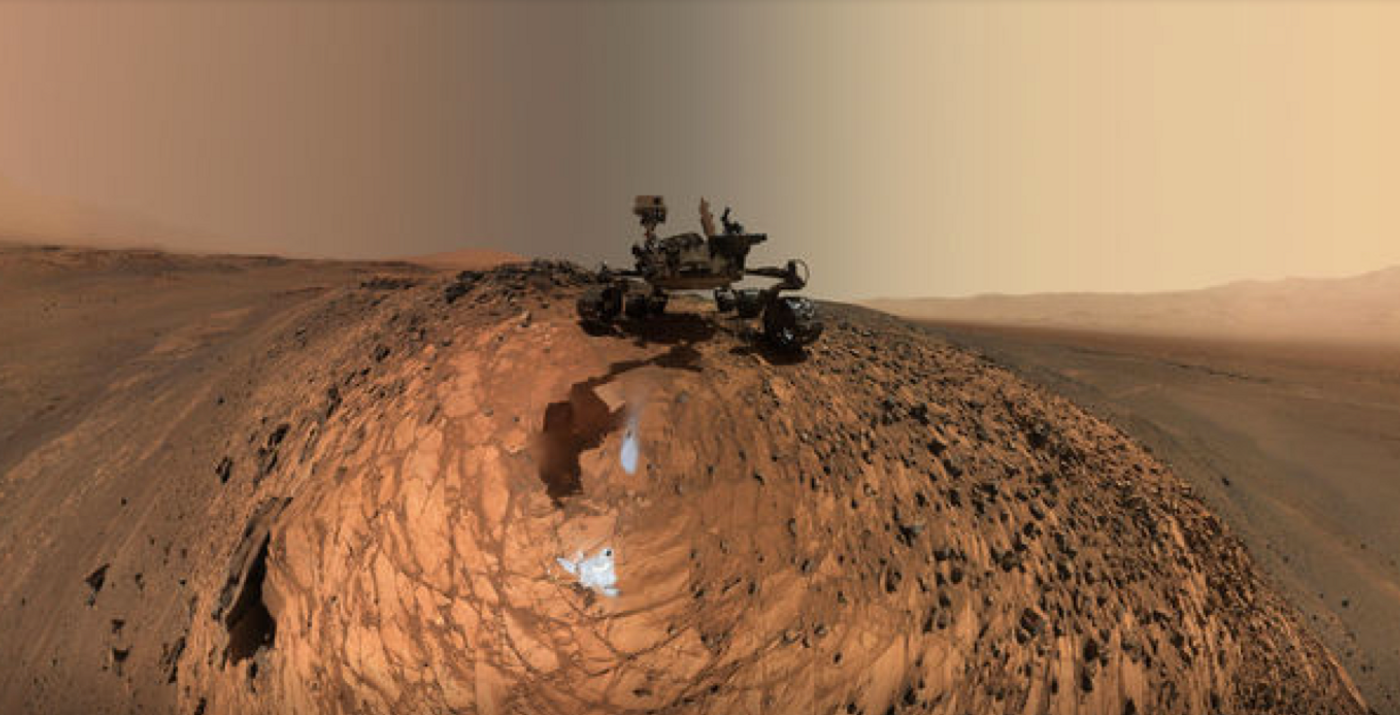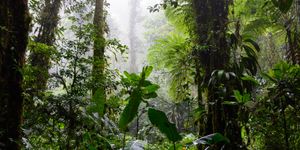Mars Curiosity Rover Takes a Selfie After Drilling Into Buckskin
NASA’s Mars Curiosity Rover has been on the red planet for three Earth years, collecting information and giving scientists information to analyze so that more information about the planet can be revealed.
Scientists are particularly interested in the history of the planet, whether or not there is any form of life on the planet, and also what kinds of elements there are on the planet compared to the elements here on Earth.
NASA puts the Curiosity Rover on specific rock targets throughout the planet where they want the robotic vehicle to travel to and take samples of the rock. Every time it gets to a mission checkpoint and successfully drills, NASA intends to have the Curiosity Rover take a selfie so that we can see it doing its job in this foreign environment.
The latest selfie to be taken, shown above, was on August 5th at ‘Buckskin,’ which is the name of the seventh rock that the Curiosity Rover has drilled into as a part of its mission.
The Curiosity Rover has taken selfies in the past, but what’s different about this particular selfie is that the Curiosity Rover has managed to take it at a low angle, which gives the selfie a much more life-like stance in the photograph. The Curiosity Rover takes images of itself by extending a camera far enough away to take a picture, much like the all-too-common “selfie sticks” that people use with their Go-Pro cameras.
In other words, this is like eye-candy for all the Mars aficionados out there.
The two silver/gray spots in the ground ahead of the Mars Curiosity Rover in the photograph are remnants of where the Curiosity Rover did its drilling. Fortunately, there weren't any problems with the Curiosity Rover short circuiting, like there have been in the past, as NASA noted in a statement:
"We were pleased to see no repeat of the short circuit during the Buckskin drilling and sample transfer," said Steven Lee, deputy project manager for Curiosity at NASA's Jet Propulsion Laboratory, Pasadena, California. "It could come back, but we have made changes in fault protection to continue safely drilling even in the presence of small shorts. We also improved drill percuss circuit telemetry to gain more diagnostic information from any future occurrences."
NASA will learn about the samples when the Curiosity Rover uses its on-board instruments to analyze the samples taken from the ground.
For the time being, the Curiosity Rover will continue along its path, moving forward, and continuing to take samples from other locations on the red planet.
Source: NASA









